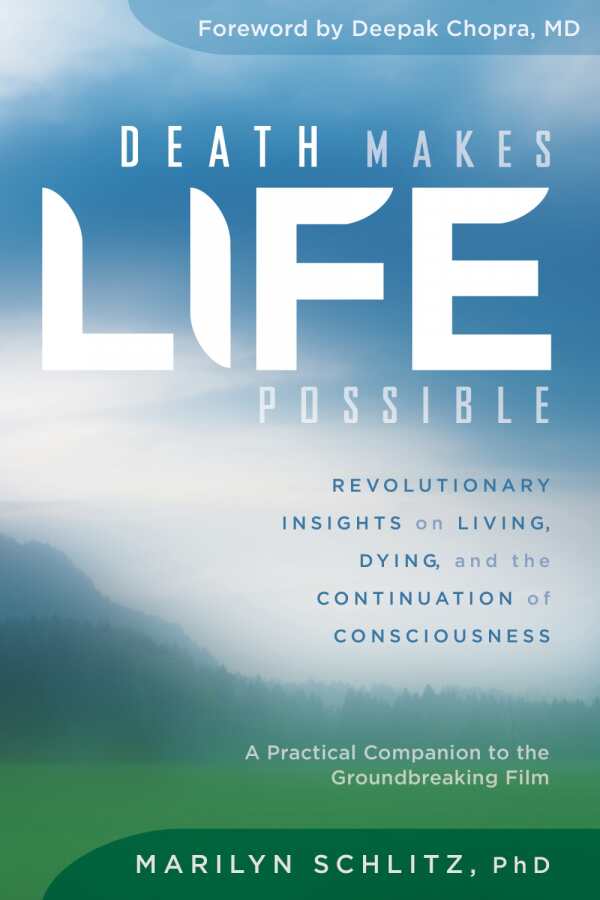Death Makes Life Possible
Revolutionary Insights on Living, Dying, and the Continuation of Consciousness
This important study will satisfy those interested in increasing their understanding of the complex subject of death and dying.
Death Makes Life Possible explores the emotional angst endured by people who fear death. Marilyn Schlitz suggests that learning to accept the process of dying as an integral part of life can bring them greater peace of mind.
A social anthropologist and senior fellow at the Institute of Noetic Sciences, Schlitz has studied human consciousness for over thirty years. This book serves as a companion piece to her documentary film of the same name. She believes that those who resist acknowledging the inevitability of death are not fully able to embrace life’s experiences moment to moment. Schlitz conducted personal interviews with numerous scientists, doctors, psychologists, and religious practitioners and includes their quotations and observations, as well as her own.
With her colleagues, Schlitz developed a “worldview transformation model” to assist people in changing their attitudes about death, and she used this concept as the book’s organizational guide. “By following this model as you read, you can engage in a path of discovery and practice that may lead you beyond the fear of death and into a deep and lasting appreciation for the precious life each of us has been given,” she explains. Chapters conclude with “gleanings,” a review of contents, and an experiential “practice” for readers.
Peter Fenwick, a London neuropsychiatrist and one of Schlitz’s interviewees, studies the physical and mental changes that occur in the death process, using both scientific explanation and noetic insight. He says that patients report certain near-death coincidences: “These show a linking between people who are emotionally connected even though they may be continents apart, suggesting that mind has a nonlocal quality.”
Death Makes Life Possible presents the well-researched thoughts and observations of Schlitz and other respected scientists, scholars, and spiritual thinkers. Written from a first-person perspective, the structured format contains helpful headings and subheadings. Indented text designates direct quotations from interviewees and provides needed white space. A table of contents, list of interviewees and dates of interviews, endnotes, and glossary all contribute to easy access of information.
Reviewed by
Margaret Cullison
Disclosure: This article is not an endorsement, but a review. The publisher of this book provided free copies of the book to have their book reviewed by a professional reviewer. No fee was paid by the publisher for this review. Foreword Reviews only recommends books that we love. Foreword Magazine, Inc. is disclosing this in accordance with the Federal Trade Commission’s 16 CFR, Part 255.

